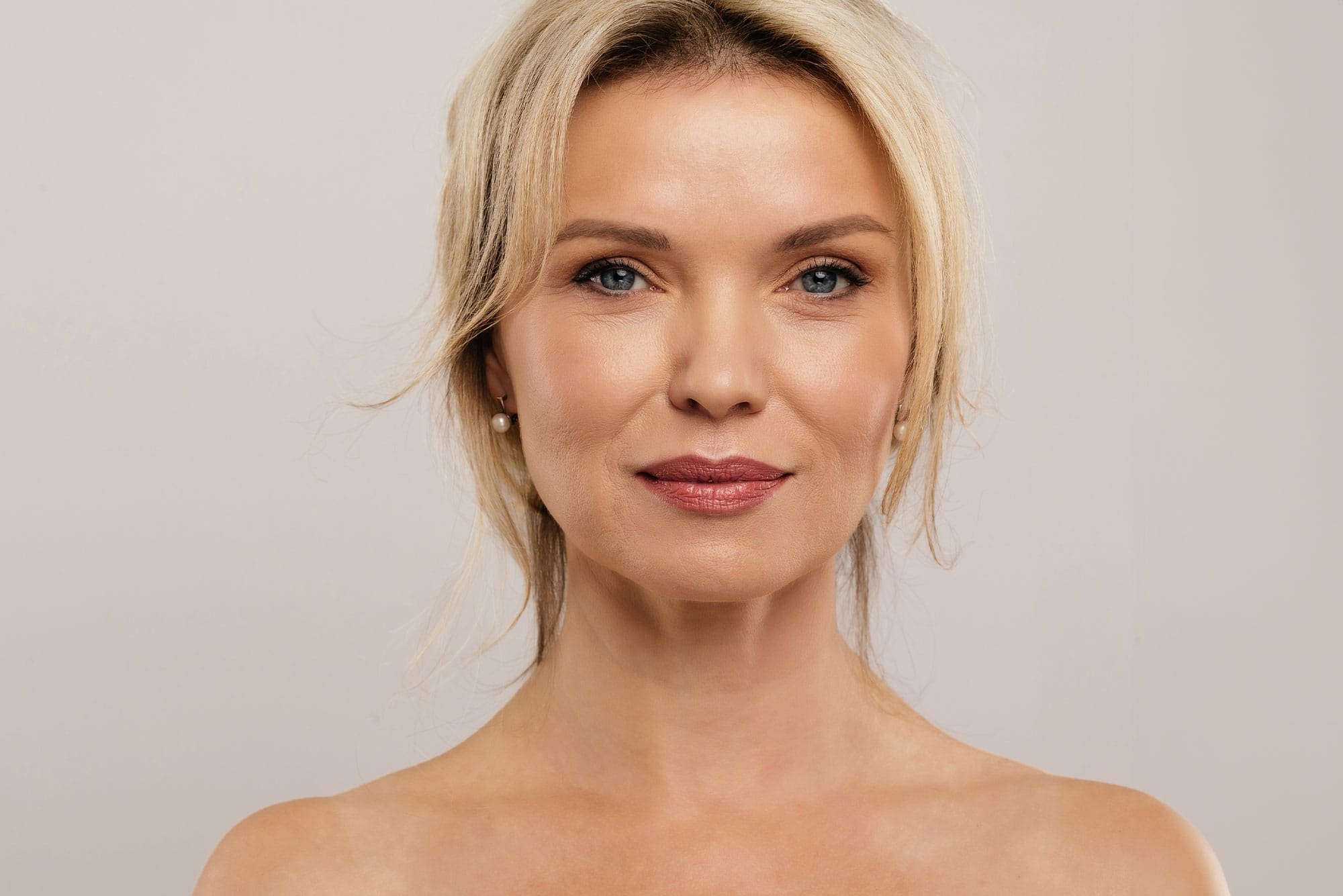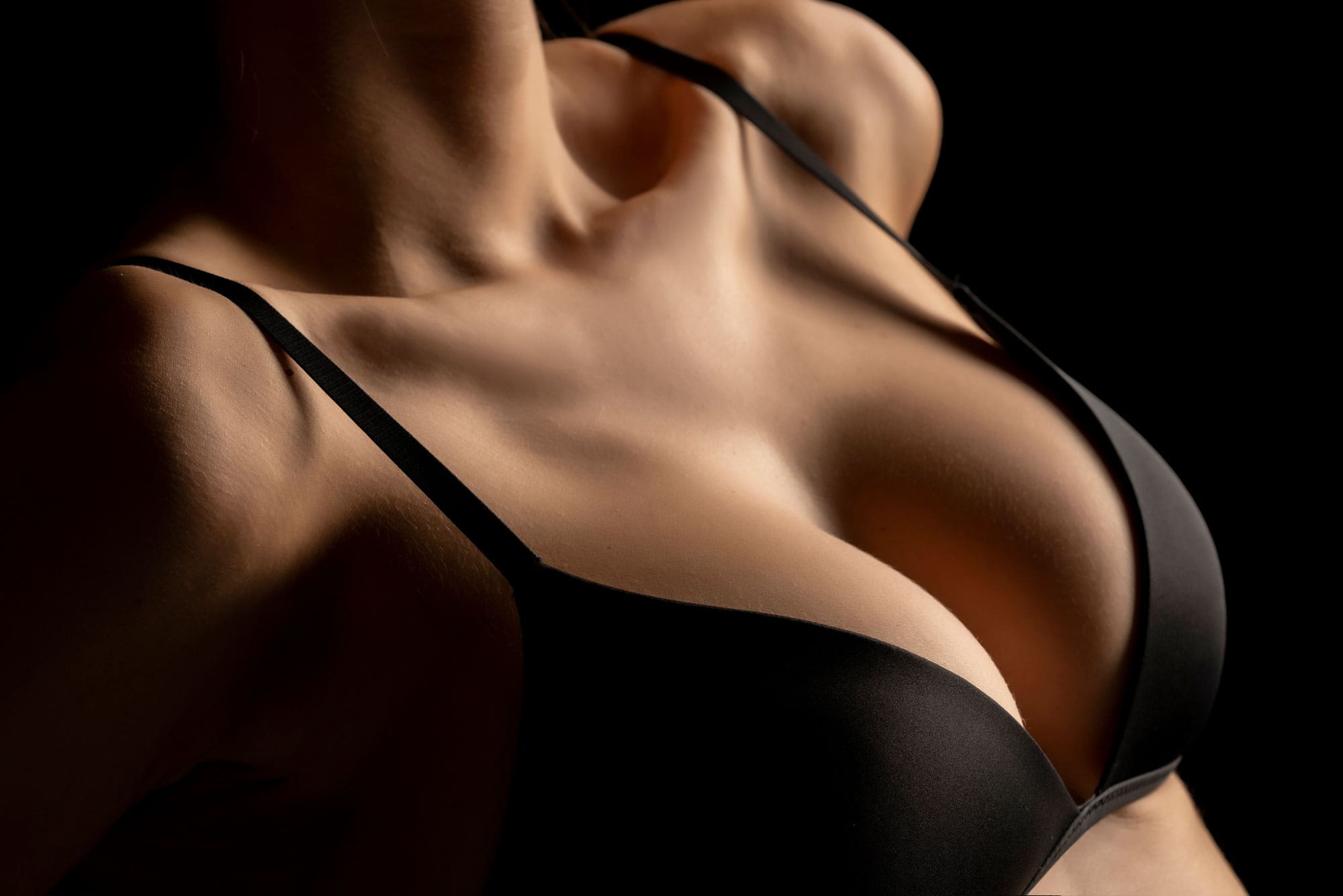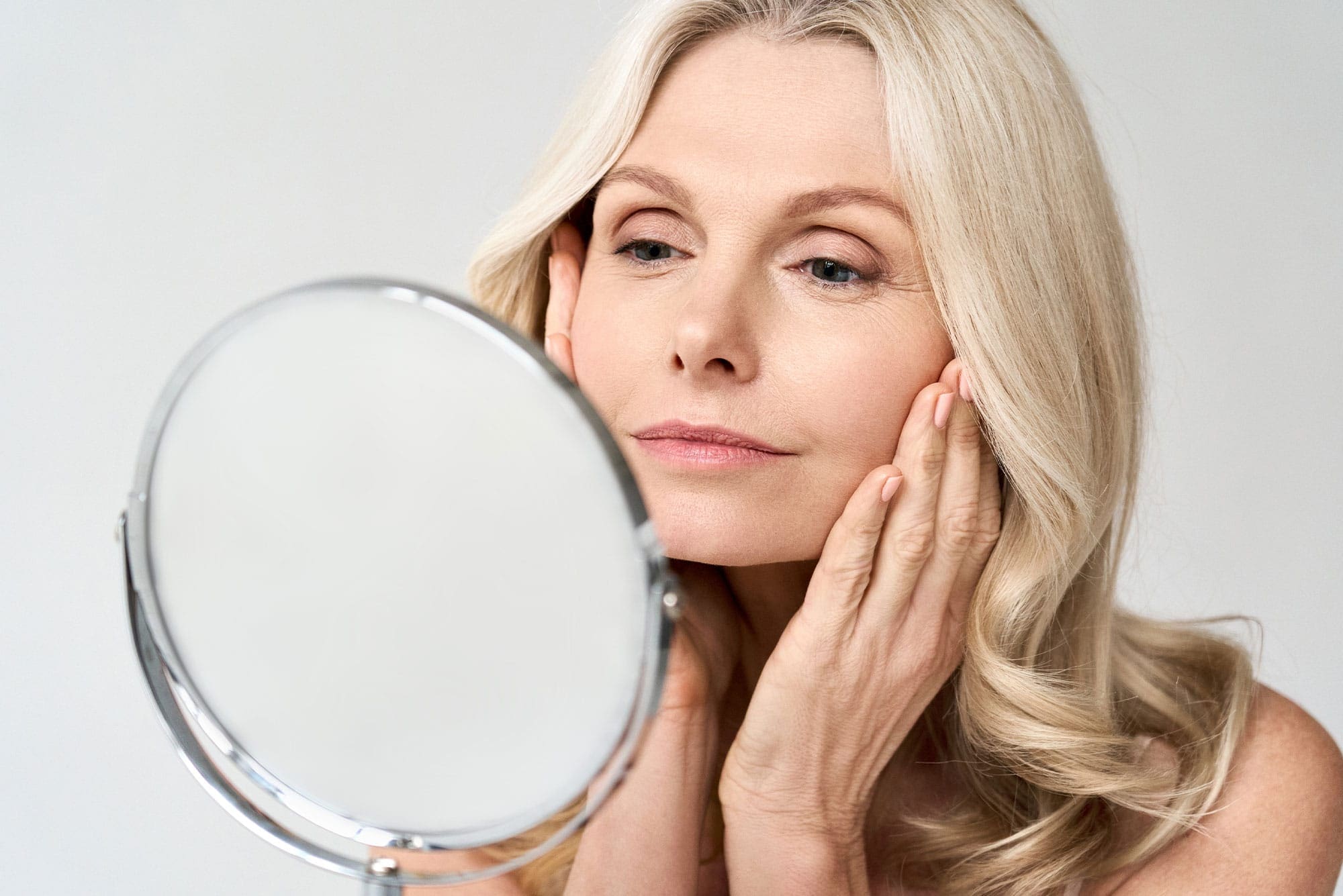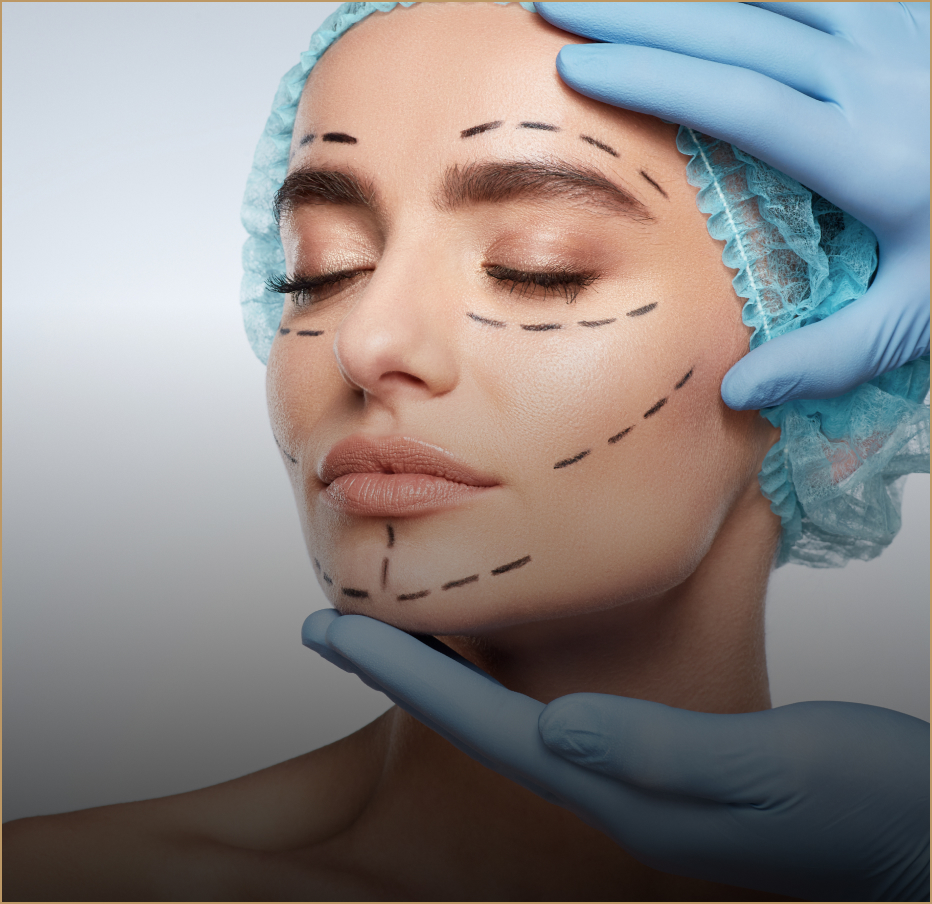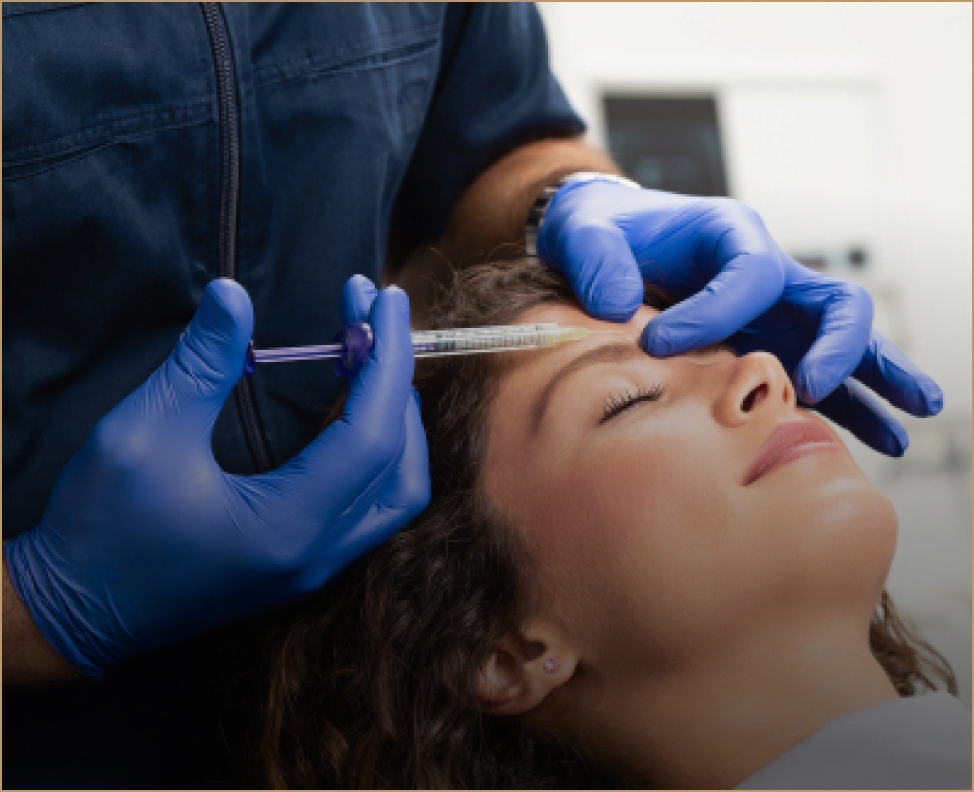It’s officially summertime, and for plenty of people in Wisconsin and across the country, that means it’s time to spend days at the beach, lying out in the sun. While many think that a tan is a good thing, it’s actually a sign of sun damage to your skin. Your body is producing more melanin, or pigment, to protect itself from the dangerous rays of the sun.
Whether you’ve been a sun worshipper your entire life or only spent a lot of time out in the sun in your youth, the effects might be starting to show as you get older. Undoing the damage caused by the sun means learning the extent of the damage, what can help, and how to protect your skin in the future.
Assessing the Damage
In some instances, the damage caused by the sun’s rays is obvious. You may develop wrinkles or areas of uneven skin tone. UV rays from the sun damage the elastin in your skin, causing wrinkles to form. The rays also mess with your pigmentation, making your skin look splotchy or causing spots to form.
Usually, sun damage happens before your 18th birthday, meaning that those summers you spent sunbathing on the front lawn could have done considerable damage, even if you were more conservative in your 20s and beyond.
Along with looking at the visible signs of sun damage, there’s now a way to assess the unseen damage or damage that’s yet to become obvious. The Clarity-Pro skin analysis system can pick up any signs of damage from UV rays on and below the surface of the skin. Along with evaluating sun damage, the system can also analyze your pores and wrinkles. The system allows your doctor to create a treatment plan that’s best for you based on the extent of the damage.
Skincare Treatments to Help
A number of skincare treatments can help reduce the impact of sun damage on the skin or improve the appearance and health of your skin. The complexity of treatment depends in large part on the extent of the damage.
A chemical peel might be a suitable treatment option for you if the effects of the sun aren’t very deep. A peel exfoliates the skin and encourages new skin cells to form. Some peels, such as the Rejuvenize Peel, focus on the top layers of skin only, which reduces irritation from the peel and speeds recovery time. A deeper peel may be needed if you have more extensive damage.
Laser skin resurfacing is another option for reducing damage caused by sun exposure. Like chemical peels, the depth of the treatment varies. The Arctic and Micro laser peel treatments offer an option that is slightly deeper than a chemical peel, but less intense than ablative laser skin resurfacing. Both treatments feature a short period of downtime, usually no longer than a few days. You might seem results from just a single treatment, or your doctor might recommend that you undergo a series of treatments.
Halo, also made my Sciton, can significantly improve the health of your skin without any downtime. Patients are able to wear makeup from day one, and the minimal amount of peeling that occurs over the following several days is easy to cover. Quintessa is the first facility in Wisconsin and is one of the first in the nation to provide this amazing technology. Additionally, red light therapy is another effective option that promotes healing and rejuvenation.
Protecting Your Skin
While skin resurfacing and chemical peel treatments can undo some signs of sun damage, they can also make your skin more sensitive to the sun’s rays. That means it’s important to take steps to protect your skin right after treatment. Once you’re in the habit of protecting your skin, you’ll want to continue the habit, long after you’ve recovered from the treatment.
Limit sun exposure after your treatment. That can mean avoiding going outdoors in the heat of the afternoon. If you do go outside, make sure to cover up. A hat with a wide brim will keep the sun’s rays off of your face. If you’re headed to the beach for the day, think about wearing a long-sleeved rash guard instead of a traditional bathing suit.
Sunscreen every day is important both before and after your treatment. Pick one with an SPF of at least 30 and apply it every two hours when outdoors, or more often if you’re swimming or sweating.



